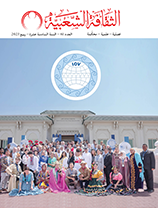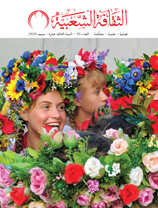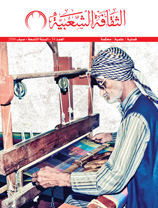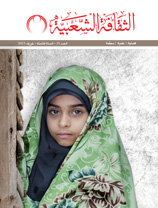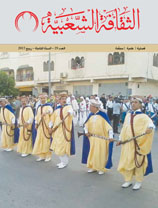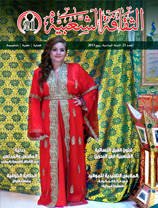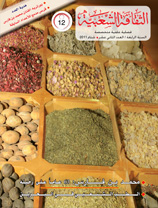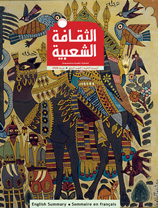Signs and symbols in the mountain villages of Southern Tunisia
Issue 27
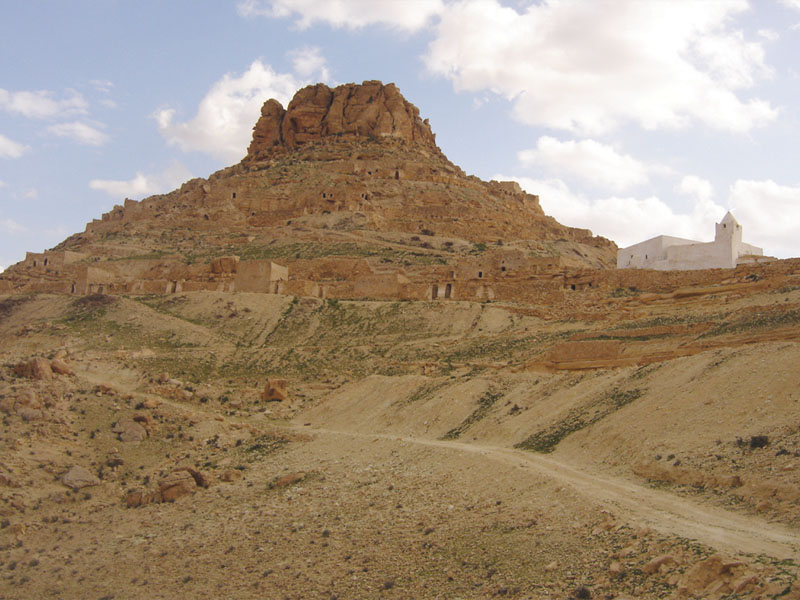
For a long time, folk culture has been seen as contradicting history because it is closely related to memory, fiction, myth and all that is sacred. Folk culture does not adhere to chronology, so it may omit entire historical periods and create other periods, interrupting the timeline and replacing it with a mythical timeline that focuses on personalities and events that represent the society’s actual history.

With this mythical perspective of history, when time is absolute, details are lost.
Like memories of people, memories of events cannot withstand historical changes. Our selective and revisionist memories are manipulative in their relationship with time; our memories deconstruct time and re-synthesise it in a way that makes the past seem continuous.
Unlike the other symbols of folk culture, the system of folk signs and symbols in this study indicates the chronology of time. In Southern Tunisia, the linguistic content of folk culture indicates the exact time of events and is historically accurate.
The details on the ceilings of the buildings represent accurate history rather than an absolute and sacred history. The ceilings display drawings and text about events, people and other elements of the local surroundings, which makes these ceilings a record upon which we can rely when we write the history of these local communities. We can write history even in the absence of written resources; in oral societies, history is preserved in the form of body tattoos, wall drawings, systems of rituals, furniture, traditional textiles and oral narratives.
In Southern Tunisia, folk arts help to fulfil social goals; they are means of addressing social issues, conveying signs and symbols, and disseminating knowledge. In this region, locally available natural resources such as limestone, gypsum, plaster, stones, soil and wood are used in the arts and architecture, and traditional methods adhere to aesthetic and artistic principles.
Imad bin Suwlah
Tunisia











